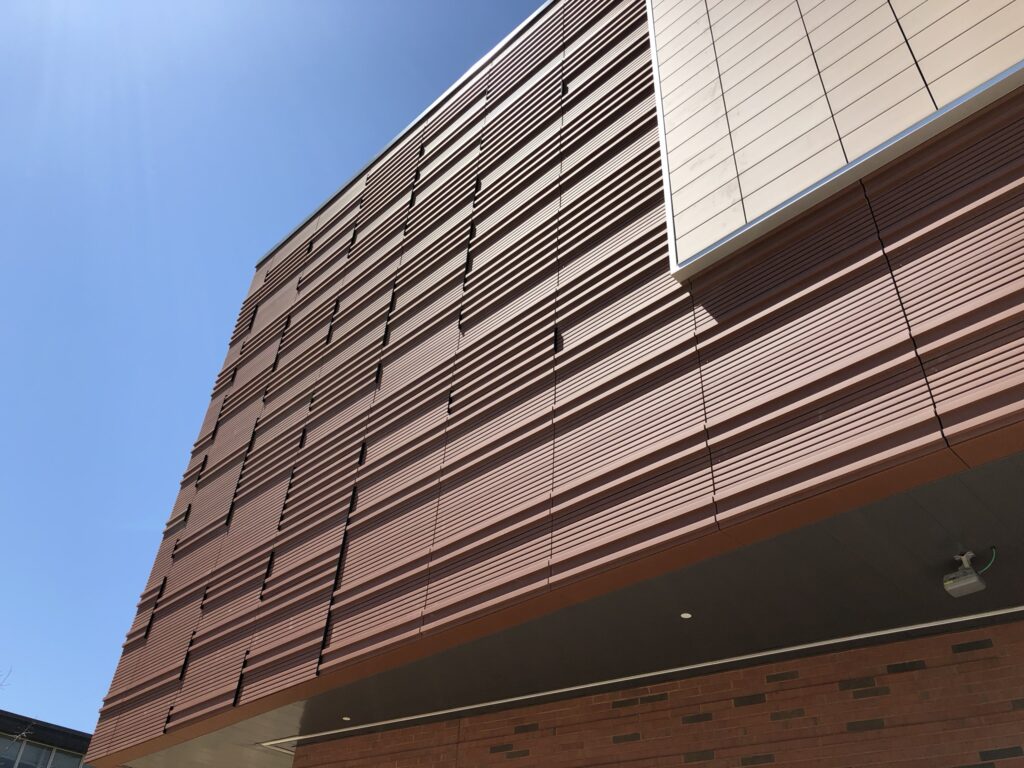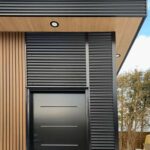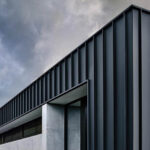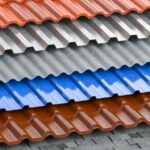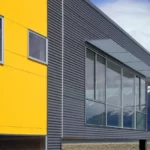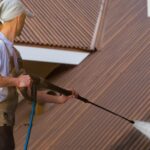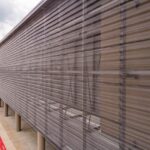Cladding, in architectural terms, is more than just a protective layer for buildings. It’s an opportunity to make a powerful design statement. In recent years, customizable cladding designs have gained prominence, allowing architects and designers to bring unique and personalized aesthetics to structures. This comprehensive guide explores the world of customizable cladding, from materials and techniques to inspiring examples that showcase the transformative power of tailored design.
Understanding Customizable Cladding
Customizable cladding involves the use of materials and techniques that permit unique design elements to be incorporated into building facades. These designs can range from intricate patterns and textures to personalized graphics and branding. Here’s a look at the key aspects of customizable cladding:
1. Materials for Customizable Cladding
Metal: Metals like aluminum, stainless steel, and copper can be customized with patterns and textures using techniques like laser cutting or perforation.
Wood: Wooden cladding allows for custom milling and carving, creating one-of-a-kind designs that exude warmth and natural beauty.
Glass: Customizable glass cladding can feature digital printing or etching for intricate graphics or branding.
Composite Materials: Engineered composites like fiber cement and aluminum composite panels can be customized with various finishes and graphics.
2. Techniques for Customization
Laser Cutting: Laser cutting technology allows for precise and intricate designs to be etched or cut into metal, wood, or composite panels.
Digital Printing: Advanced digital printing technology enables full-color graphics and patterns to be applied to glass, metal, or composite surfaces.
Perforation: Perforated panels with custom hole patterns not only provide aesthetics but also offer functional benefits like shading and ventilation.
Carving and Milling: Wood cladding can be carved or milled to create unique relief patterns or textures.
Inspiring Examples of Customizable Cladding
1. The Wave, Denmark
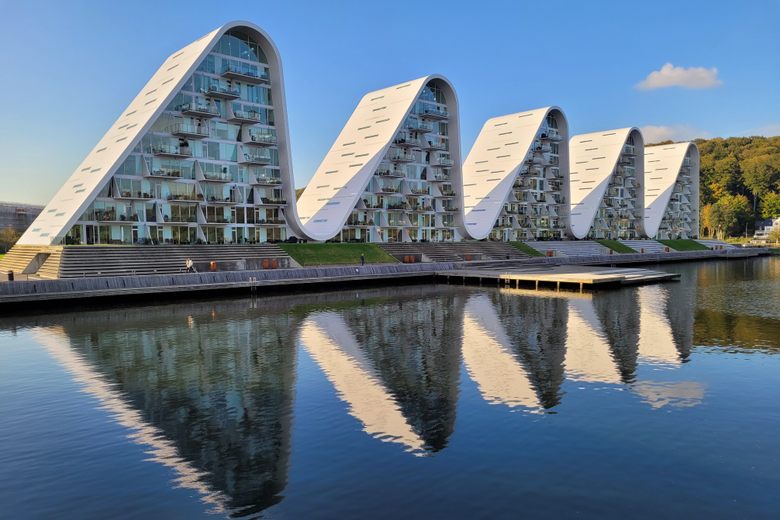
The Wave is an apartment complex in Denmark featuring undulating balconies clad in customized perforated aluminum panels. The panels create a visually stunning facade while also providing shade and privacy.
2. The Silo, Copenhagen
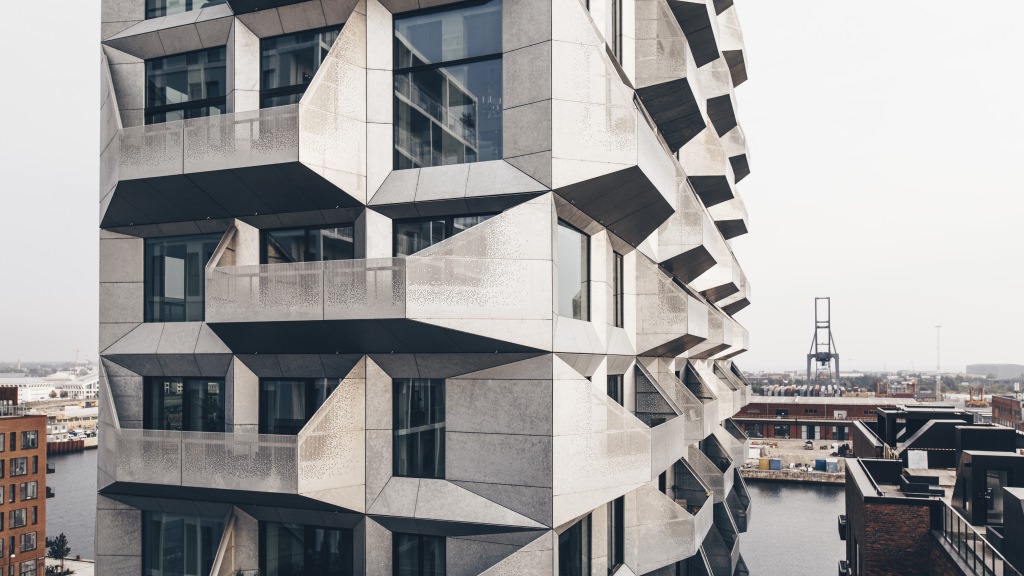
The Silo is a residential building converted from an old grain silo. Its facade is adorned with custom-printed glass panels depicting close-up images of the surrounding waterfront, connecting the building to its environment.
3. V&A Museum, Dundee
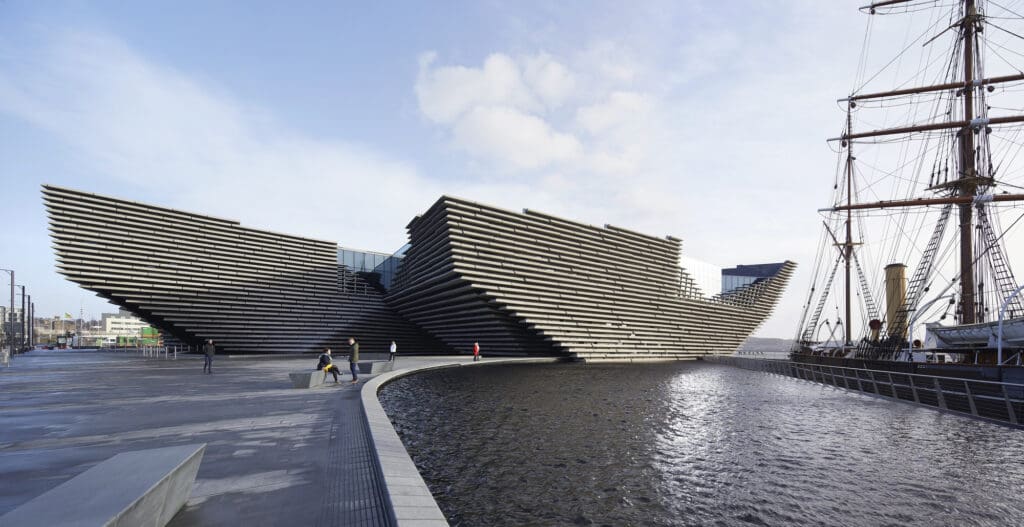
The V&A Museum in Dundee boasts a unique design with its complex geometry. The facade is clad in customized precast concrete panels that form a seamless, intricate pattern, enhancing the building’s aesthetic appeal.
4. University of Southern California, USA

The USC Village features a series of metal screens with customized perforations depicting iconic scenes and symbols from the university’s history. These screens create a sense of place and identity for the campus.
5. The Interlace, Singapore
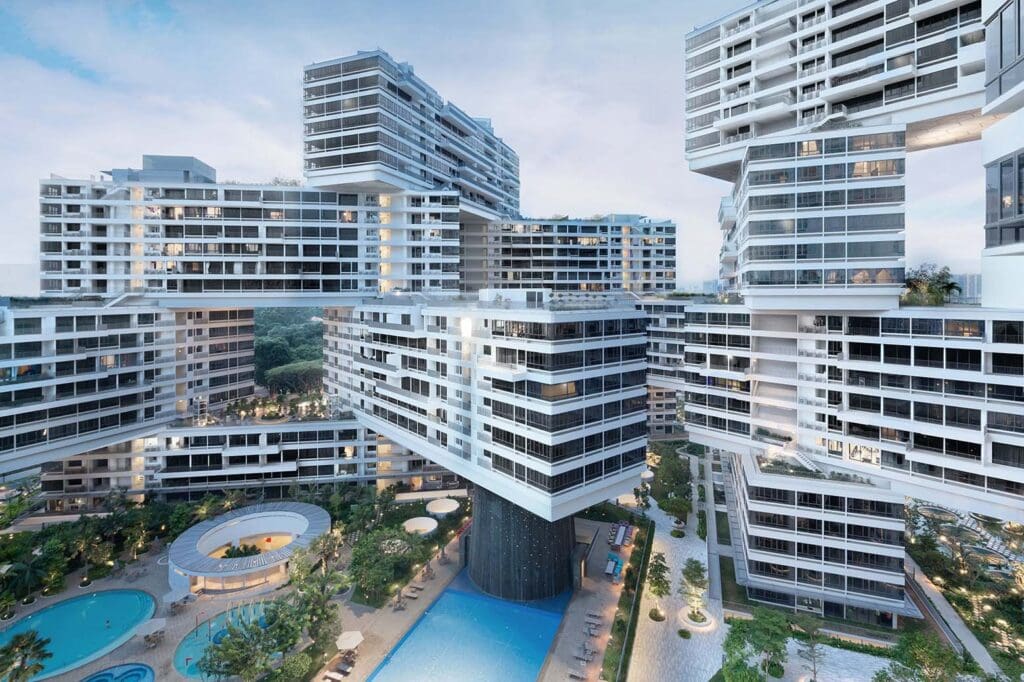
The Interlace is a residential complex with a unique design that features stacked blocks with customized patterned cladding. The cladding adds a sense of depth and texture to the building’s exterior.
Advantages of Customizable Cladding
Unique Identity: Customizable cladding allows buildings to stand out with their unique designs, reflecting the identity and values of the occupants or the surrounding community.
Enhanced Aesthetics: Custom designs can elevate the aesthetics of a building, creating a visual focal point and adding depth and character to the facade.
Branding and Storytelling: Custom cladding can convey a narrative, tell a story, or reinforce a brand’s identity, making it a powerful tool for marketing and communication.
Functionality: Custom perforations, patterns, and textures can serve functional purposes like shading, privacy, or ventilation, in addition to their aesthetic role.
Considerations for Customizable Cladding
Budget: Customization often comes at a premium cost, so it’s essential to balance the design vision with the project budget.
Maintenance: Some customized finishes may require specific maintenance to preserve their appearance and functionality.
Local Regulations: Be aware of local building codes and regulations regarding cladding materials and designs.
What is customizable cladding, and how does it differ from standard cladding?
Customizable cladding refers to the use of materials and techniques that allow for unique and personalized designs on building facades. It differs from standard cladding by offering the ability to incorporate intricate patterns, textures, graphics, or branding.
What materials are commonly used for customizable cladding?
Common materials for customizable cladding include metal (such as aluminum and stainless steel), wood, glass, and composite materials like fiber cement and aluminum composite panels.
What techniques are used to create custom designs on cladding materials?
Techniques for customization include laser cutting, digital printing, perforation, carving, and milling. These techniques can be applied to various materials to achieve unique designs.
What are the advantages of using customizable cladding in architecture?
Customizable cladding allows buildings to have a unique identity and enhanced aesthetics. It can convey storytelling, branding, and functional benefits such as shading and ventilation.
Are there budget considerations when opting for customizable cladding?
Yes, customization often comes at an additional cost compared to standard cladding materials and designs. It’s important to balance the design vision with the project budget.
Customizable cladding opens up a world of design possibilities for architects and designers, allowing them to create buildings that are not just functional but also visually stunning and meaningful. Whether it’s an intricate perforated pattern on a metal facade or a digital print on glass, customizable cladding is a testament to the endless creative potential in architectural design. As technology and materials continue to advance, we can expect even more breathtaking and personalized building facades in the future, each with its own unique story to tell.

